Fremont Kid's Academy introduces kindergarten curriculum to all students in our program.
Below is a sample of the letter chart that is found in all Fremont kindergarten classes. Fremont Kid's Academy introduces the letters the same way so that children are familiar with them when they enter kindergarten.
"I feel that children need to be provided with a solid foundation prior to entering the classroom. If we have accomplished that task, I consider our program a success." says Dana Wilson, Director Fremont Kid's Academy
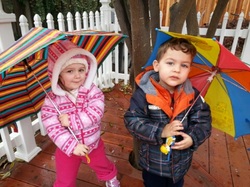
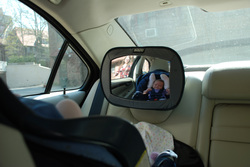

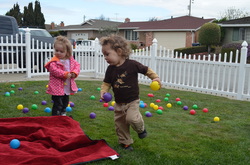

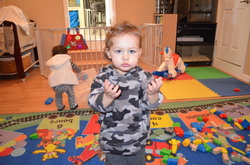
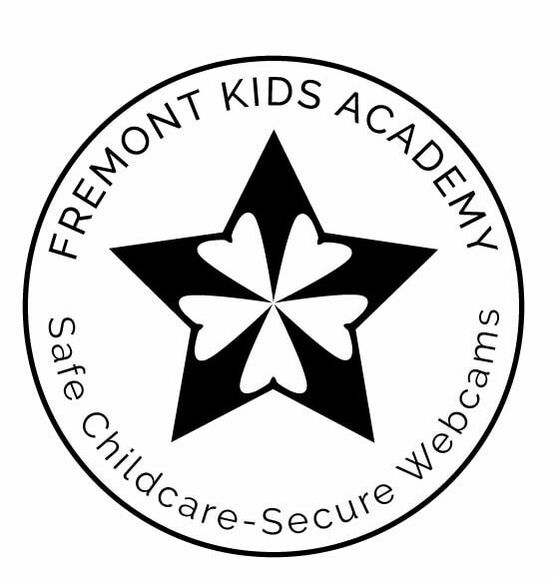
 RSS Feed
RSS Feed